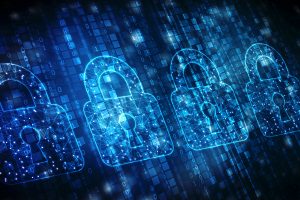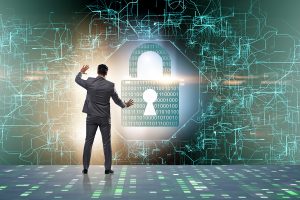
With telework expected to stay long after the pandemic ebbs, government agencies are looking to shore up the remote work solutions they put in place to ensure on premise security measures extend to the dispersed workforce. Multi-cloud environments are the reality for almost every agency. The many applications needed for the diverse functions of an organization require multiple cloud solutions to provide the specific support needed.
A report from Meritalk, Multi-Cloud Defense: Redefining the Cyber Playbook, found that 83 percent of respondents are increasing multi-cloud adoption to support telework and mission needs related to COVID-19. However, 42 percent said their cyber strategies cannot keep up. One part of the challenge is creating a solution that can be applied to the wide variety of endpoint devices and meeting enterprise security requirements.

 Blockchain technology is a new way of passing information from
Blockchain technology is a new way of passing information from  More than finding cost efficiencies with cloud, government has realized its adoption is critical to business continuity. With mandatory telework as a result of COVID-19, organizations that have been proactive in their move to cloud found themselves able to quickly adapt and continue business as usual in very unusual times. Organizations that did not prioritize cloud found themselves scrambling to give employees access to the technology they needed to do their work.
More than finding cost efficiencies with cloud, government has realized its adoption is critical to business continuity. With mandatory telework as a result of COVID-19, organizations that have been proactive in their move to cloud found themselves able to quickly adapt and continue business as usual in very unusual times. Organizations that did not prioritize cloud found themselves scrambling to give employees access to the technology they needed to do their work. For the past 17 years, the
For the past 17 years, the  For the first time ever, every government agency received a passing score on the Federal Information Technology Acquisition Reform Act (FITARA) Scorecard. Now, this does not mean that everyone made the honor roll, rather the general GPA is
For the first time ever, every government agency received a passing score on the Federal Information Technology Acquisition Reform Act (FITARA) Scorecard. Now, this does not mean that everyone made the honor roll, rather the general GPA is 
